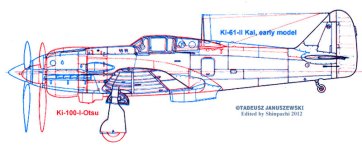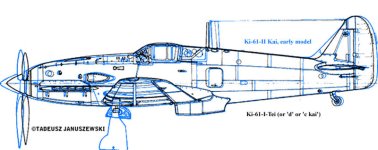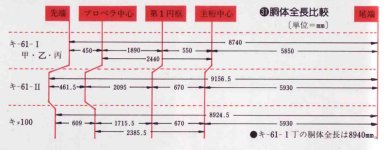SOLOBO
Charter Member
CFS2 and FS04 contact_points don't quite work the same. Most of the time for me any FS04 contact_points will have the tires 1/4 to 1/2 buried underground in CFS2.
Thanks for the info, so the Vertical Position values are different and also possibly static_cg_height and static_pitch.
By this way, I don't know exactly if the most sensitive balues, 8 Static Compression, 9 Max / Static Compression Ratio, 10 Damping Ratio, are correct with the same settings.
OK, I see, tests would be needed for CFS2.
...



